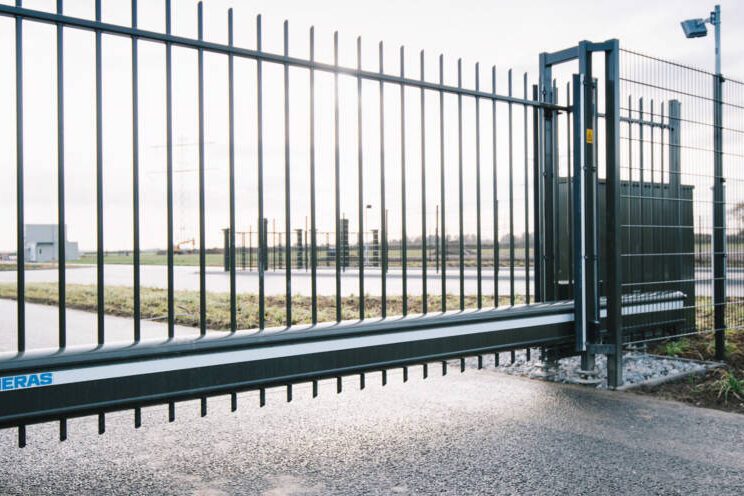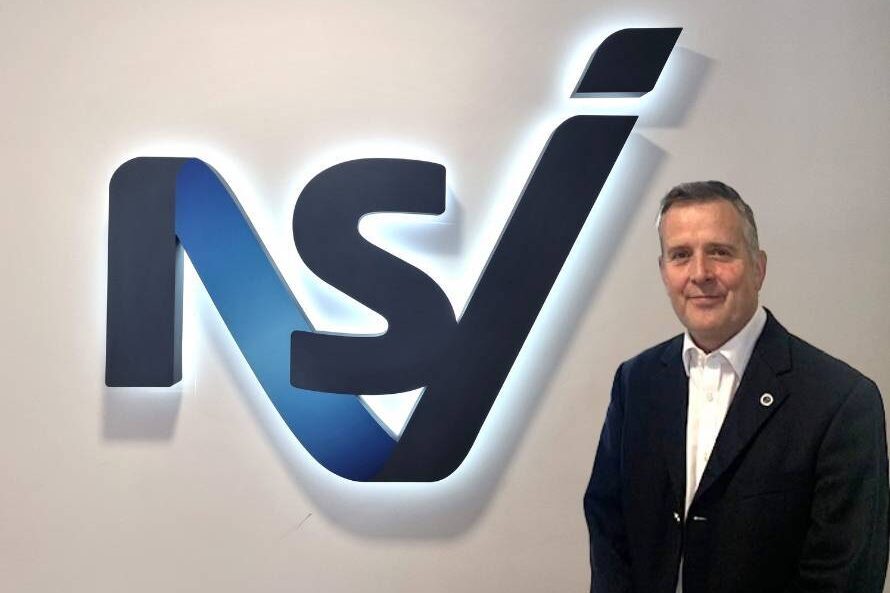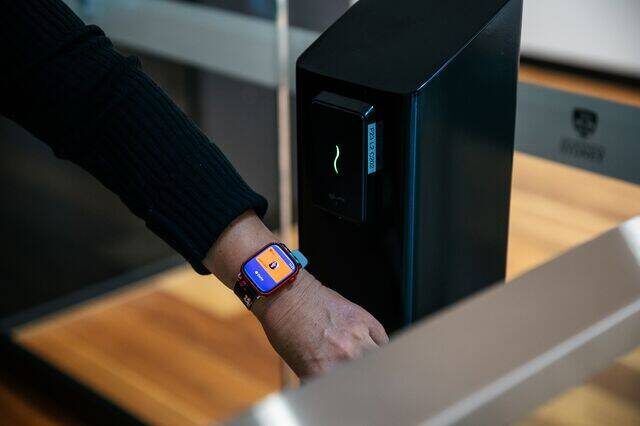
BAE Systems, QinetiQ, AIGIS Blast Protection, TPS, Permali Gloucester Ltd, MIRA, Sigmatex and the University of Nottingham have formed LiMBS (Lightweight Material & Structures for Blast and Ballistic Survivability), a research project that seeks to develop an alternative cost effective lightweight material structure for increased blast and ballistic survivability.
Co-funded by the government-backed Technology Strategy Board, LiMBS aims to develop enhanced lightweight cost effective multi-layer/ multi-material structures to resist shock, pressure impulse and impacts associated with both land mines and free air explosives events, and to mitigate the effects when a structure is overmatched by reducing the spread of spall fragment projectiles passing through the structure.
A material of this type could have potential commercial benefits across a number of sectors, including defence, aerospace, oil and gas, automotive, heavy industrial, high security environments, personal security / VIP protection, and for security product manufacturers.
The programme intends to develop new materials that are lighter than rolled homogeneous armour which is typically used for the construction of fighting or armoured vehicles. Lighter materials could be used to manufacture and assemble armour protected vehicles to resist the effects of explosions such as land mines and improvised explosive devices, the current weapons of choice for disabling fighting vehicles in theatres such as Afghanistan.
Lighter vehicles would be more readily deployable, particularly when using air transport and thus achieving enhanced performances for future military systems.
The composite material, or a similar hybrid, could be adapted for use in a health and safety function for explosive manufacture, storage and transportation. The oil and gas sector could offer a potential market due to the intrinsic requirements of blast protection on their sites both on and off shore.
Furthermore, a primary objective is to exploit the technology in civilian applications such as physical protection for high value assets.
“This project is potentially ground breaking for industry, as the new material will be lighter than normal Armour Steel and therefore all the structures (vehicles and not) built with this material will be easier to transport and deploy all over the world, using more efficient transport, consuming less fuel, less CO2,” said Alan Watson of BAE Systems.
The research objectives are to develop materials that:
- Have an areal density significantly less than Rolled Homogeneous Armour (RHA)
- Offer similar blast and ballistic protection to RHA
- Are capable of cost effective manufacture, assembly and repairs
- When overmatched, reduce spall fragment spread
- Are suitable for new build and retrofit
In addition to the above, a key objective is to evaluate material properties to facilitate cost effective, reliable modelling using dynamic finite element analysis and minimise the need for expensive live testing.
“The solution will be based on a back-bone of fibre composite materials to provide the lightweight structural requirement, augmented with tailored interlayers consisting of shock dissipation, energy absorption and high failure strain materials,” explains founder member of LiMBS and Consulting Engineer at TPS, Simone Volpe.
Previous studies have shown that blast resistance of composite materials can exceed that of RHA by judicial deployment of multi-layer, multi-material combinations. After careful consideration a wide selection of constituent materials have been selected for evaluation, including Armox 370T® (as a baseline), aluminium, carbon fibre, glass fibre, aramid and Tabreshield®.
Materials such as the carbon fibre, glass fibre and aramid refer to composite materials formed using woven threads, all embedded in an epoxy matrix. A development of this is the manufacture of composites where the plies are stitched together using a tufting technique to improve in plane shear strength and potentially reduce delamination and premature failure. Combinations of the above were manufactured in the form of panels approximately 800mm square, complete with perimeter holes to accommodate fixings into a test rig.
Testing

An extensive series of tests have already been undertaken to determine the blast and ballistic response of the various combinations. The test samples were bolted into a robust steel test rig and subjected to the effects of detonation of an accurately moulded ‘pancake charge’ formed using commercial plastic explosive. Whilst the aspect ratio of the pancake and stand-off from the panel remained constant, the quantity of explosives was varied to determine the cusp, i.e. the point at which failure occurred. When the panel no longer remains gas tight it is deemed to have failed.
Instrumentation has included “contact pins”, strain gauges and witness panels. The strain gauges and contact pins were used in order to gain an understanding of response times and strain rates of the composites. The honeycomb aluminium (crush witness panel) provided an indication of the gross dynamic deformation, whilst the multilayer witness plates helped identify the extent of spalling when the composite was overmatched. As well as providing insight into the performance of the panels, the instrumentation provided valuable data to support the development and validation of finite element simulation models.
Results to date
“Whilst research work is on-going, the results to date have already identified the potential for developing cost effective lightweight blast and ballistic materials,” continues Simone. “Additionally it has been possible to determine some high strain rate material properties to facilitate dynamic finite element analysis, thus enabling refinement of composite combinations whilst minimising the need for explosion testing.”
The research project is due to end late 2012.
About The Partners
BAE Systems is a British multinational defence, security and aerospace company with operations worldwide involved in several major defence projects. Areas of expertise offered by BAES personnel include impact, shock and high strain rate testing; composite damage and fracture mechanics; survivability and armour design; blast and ballistic effect simulations; materials behaviour characterisation and modelling of structural responses to dynamic events. They have extensive experience in the use of advanced composite materials in structural applications and have facilities for design, testing and analysis.
QinetiQ is a leading international defence and security technology company that develops innovative technology-based solutions and products providing technology-rich support services for major government organisations and commercial customers around the world
AIGIS has a strong knowledge base for development of specialist blast/shock mitigating materials and their characterisations. The company is an established leader in all forms of blast protection solutions. The basis of these solutions revolve around Aigis’ proprietary TABREshield™ materials that provide unique absorption and attenuation properties that mitigate a significant proportion of the blast energy, thereby affording a significant weight advantage over conventional solutions for the same level of blast protection
TPS represents the buildings and construction sector and will engage their specialist explosives effects expertise, contribute material development requirements and exploitation for buildings’ infrastructure applications. It is a multi-disciplined consultancy practise consisting primarily of engineers and architects. Within this organisation there are a number of specialist teams, one of which is the explosives effects team. TPS has expanded its experience in explosion effects in the field of counter terrorist mitigation. This experience includes the design and testing of bomb blast glazed façade systems to provide protection from a range of terrorist threats, most notably package, briefcase and large vehicle bombs.
Permali Gloucester Ltd. is a world leader in the manufacture of composite materials for the aerospace, defence, rail, marine and medical markets. They have practical research and development experience in developing composite systems as a small scale level, with the capability of transferring the technologies into large scale production for military programmes, and also other markets where blast mitigation is important.
MIRA brings distinctive expertise in the modelling of human body interactions with blast shock and pressure wave with prediction of occupant/personnel survivability. The company has experience in the modelling of acoustic events, dynamic structural events and fluid flow.
Sigmatex develops and manufactures carbon fibre textiles for composite material applications. Sigmatex supplies 2D woven, unidirectional, multiaxial (non-crimp) and 3D textiles across a broad range of industries, these textiles meet various requirements including fibre orientation, crimp, drapeability, thickness and resin permeability
The University of Nottingham polymer composites research group has extensive expertise in the modelling of textile composites and their impact performance. Recent progress has also been made on modelling the impact behaviour of textile composites at the macro level using explicit FE methods (LS-Dyna).
The Technology Strategy Board is the UK’s innovation agency. Its goal is to accelerate economic growth by stimulating and supporting business-led innovation. Sponsored by the Department for Business, Innovation and Skills (BIS), the Technology Strategy Board brings together business, research and the public sector, supporting and accelerating the development of innovative products and services to meet market needs, tackle major societal challenges and help build the future economy. For more information please visit www.innovateuk.org.









